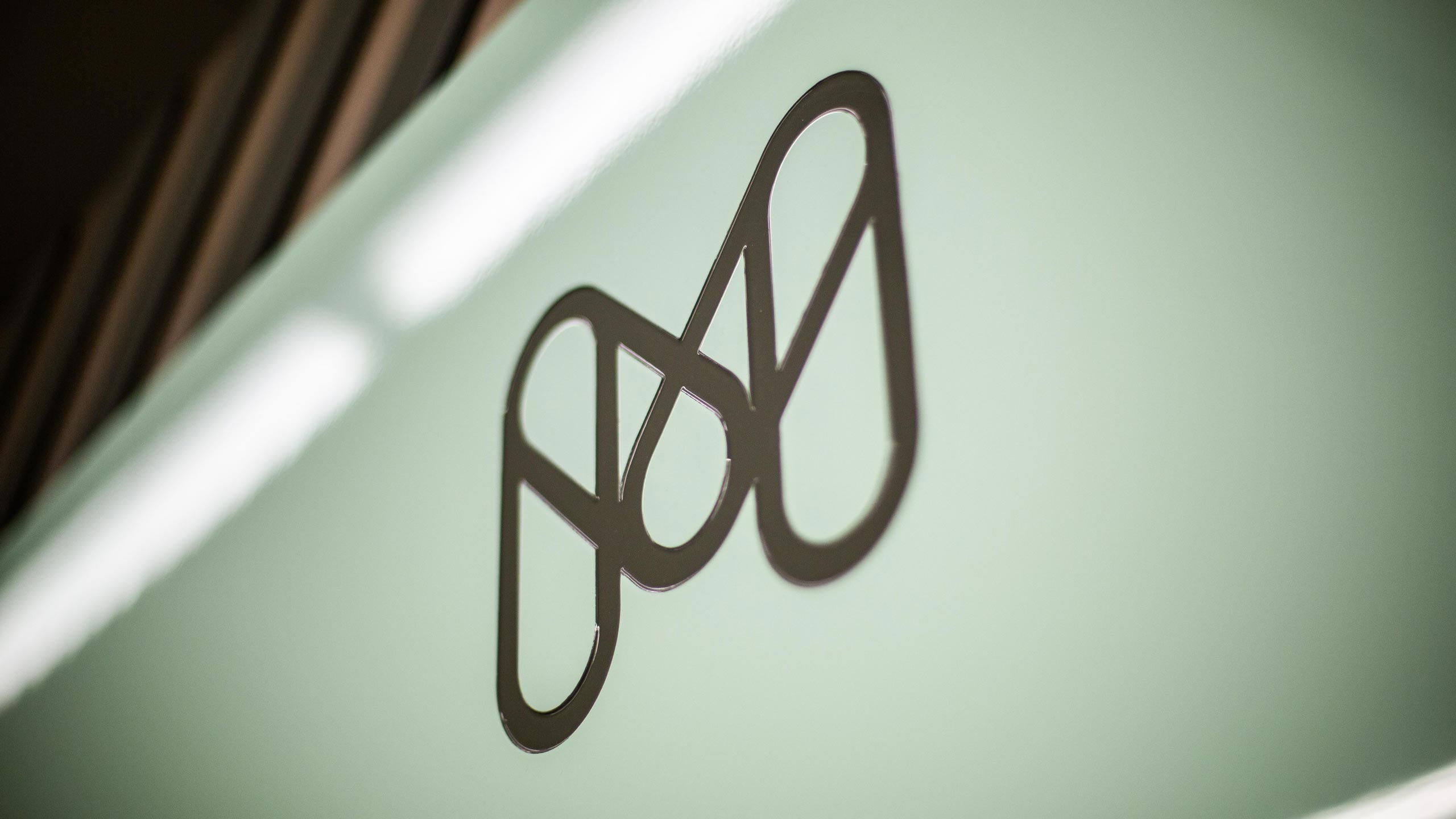Patent term extensions (PTEs) are available in many countries and can be used to extend patent life to compensate patent holders for the time lost waiting for regulatory approval of a new drug.
Currently, PTEs are not available in China. However, it’s positive to note that PTE provisions have recently been passed into legislation in China through the fourth amendment of the Patent Law, which will take effect on June 1, 2021.
A number of issues around the proposed PTE program remain pending or unresolved but will be addressed by the amended Rules for the Implementation of the Patent Law (‘the Rules’). The amended Rules will be further explored once they are released.
Statutory Provisions
Article 42 of the fourth amended Patent Law covers extensions, and is translated as follows:
42. ……. In order to compensate for reductions in patent term arising from regulatory review and approval of a new drug in China, the Patent Administration Department of the State Council, at the request of the patentee, may extend the term of an invention patent related to the new drug which has received regulatory approval. The term extension is no more than five years, and the total remaining term from the regulatory approval should not exceed 14 years.
Eligibility
The draft Rules suggest the extension is available for a drug product, a method for preparing the drug or a medical use of the drug. It also indicates that the new drug covers three types of drugs: chemical drugs, biological products and Chinese medicine.
Notably, the draft Rules clarify that the new drug-related invention patent refers to a patent related to the active ingredient of the new drug that receives regulatory approval for the first time by the Drug Supervision and Administration Department of the State Council.
However, we think there is a need for further clarification on the scope of the active ingredient, particularly on whether the term active ingredient refers to the active moiety and its salt, ester or crystal forms on a broad construction, or whether it is limited to the active moiety itself on a narrow construction.
Timing for Filing a Request for PTE
According to Article 42 set out above, the patentee cannot file a request for PTE before a new drug containing the active ingredient receives regulatory approval in China.
The draft Rules prescribe that the patentee must file a request for PTE with the Patent Administration Department of the State Council within three months from the date the new drug receives regulatory approval.
Furthermore, a request for PTE will need to be filed at least six months prior to the patent expiration date. With the amended Patent Law in China coming into force on June 1, it seems likely that certain pharmaceutical patents will miss the time limit for filing a request for PTE if the patent expires before December 1, 2021. No retrospective remedy is available.
Needless to say, it is essential for the patentees to monitor these time limits if considering a request for PTE.
Request for PTE Requirements
According to the draft Rules, applicants should satisfy the following requirements when filing a request for PTE:
- In the case that there is more than one patent related to a new drug, a request for PTE may be filed for only one eligible patent;
- In the case that a patent covers multiple drug products, the patent term may be extended on the basis of only one drug product;
- A patent term extension has never been applied to the patent; and
- The remaining term of the patent must not be less than six months.
We don’t believe these requirements prevent the patentee from filing another request for PTE based on a different patent (for example, a patent that claims different subject matter such as a preparation method and a medical use), in case a request for PTE based on one eligible patent (for example, a patent that claims a drug product) fails, but this needs confirmation.
It is also unclear if the regulatory review and approval period for a crystal form of the active ingredient can serve as a basis for a PTE, wherein an earlier product containing an amorphous form of the active ingredient previously received regulatory approval.
The second requirement arises when more than one drug product becomes subject to regulatory review and approval. Clarification is required on whether the one drug product that serves as a basis for a PTE request is meant to be the first one that receives regulatory approval.
Calculation of the Extension Term
According to the draft Rules, the extension term is equal to the period between the filing date of the patent and the date on which a new drug receives regulatory approval, reduced by five years.
Limited Protection Scope During the Extension Term
Compared to full protection afforded during the standard patent term, a more limited protection will be available during the extension term. Protection will be limited to only the new drug that receives regulatory approval and its approved indications (see Rule 85 item 6 of the draft Rules).
Closing comments
In response to the newly-introduced patent term extension program, a patent linkage system will be concurrently established in China. Given the huge potential market in China, it is critical for innovator and generic pharmaceutical companies to be prepared for these changes.
Madderns will endeavour to produce further explanatory articles in this series following this introduction, to ensure we can help provide a full picture of the changes which lie ahead.

